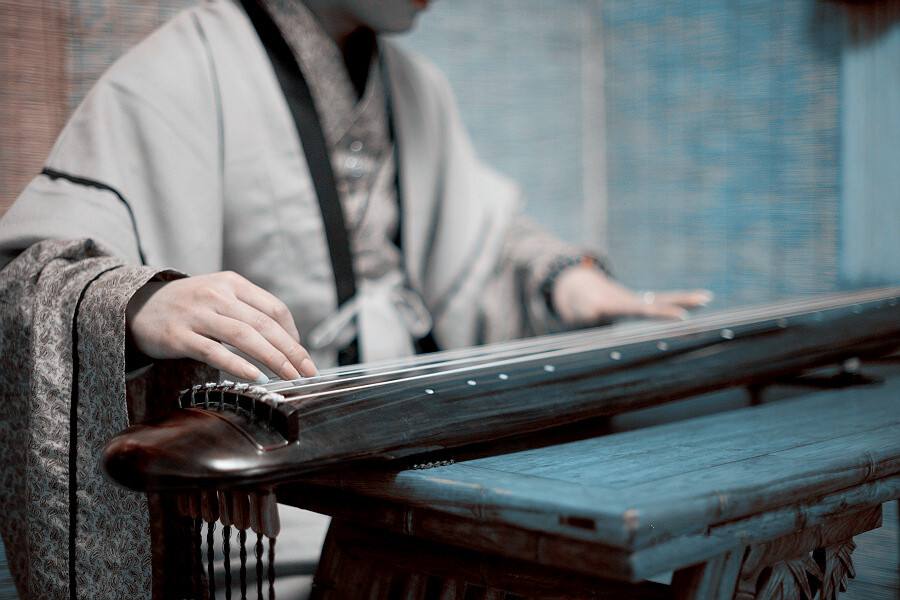"Li SAO" - Chu Yun passed down through the ages, the musical representation of Qu Zi's spirit
"Li SAO" is not only the great poet Qu Yuan's literary masterpiece in the Warring States period, but also with its deep emotion of grief and anger and strong characteristics of Chu culture was adapted by later generations into the ancient Qin music, which has become a classic work spread for thousands of years. This ancient song not only carries the artistic representation of Qu Yuan's life story and ideal pursuit, but also conveys the poet's feelings of concern for the country and the people and his tenacious spirit to the audience through notes and melodies.

As an ancient musical derived from Qu Yuan's long political lyric of the same name, "Lisao" was created by Chen Kangshi in the late Tang Dynasty according to the artistic concept of the original poem. It was first recorded in "Magic Secret Music" and has been continuously developed and improved in the long history. The music is presented in the form of nine paragraphs, and later developed to eighteen paragraphs, its structure is grand, full of emotion, is one of the most representative works in ancient Chinese music art.
In terms of musical expression, Li SAO cleverly uses the unique charm and expression of Guqin to express his feelings in the scenery and borrow the scenery to express his feelings, transforming Qu Yuan's political aspirations, difficulties and deep worries about the fate of the country expressed in the poem into melodious and passionate melodies. Between the rise and fall of the music, it seems to reproduce the bumpy trajectory of Qu Yuan's life, but also arouse people's admiration for the good character and the resonance of the feelings of home and country.
The ancient qin music of Li SAO is the re-creation of Qu Yuan's poetry art, which perfectly combines the artistic conception of the poem with the timbre of the qin, enabling the listener to experience the profound connotation of the culture of Chu poetry and the unique light of Qu Zi's personality charm across time and space. This ancient song is not only a musical work, but also a carrier of national spiritual symbols. It occupies an extremely important position in the history of Chinese traditional music and has a profound influence on the development of Chinese classical music.
 渝公网安备 50010702504639号
渝公网安备 50010702504639号